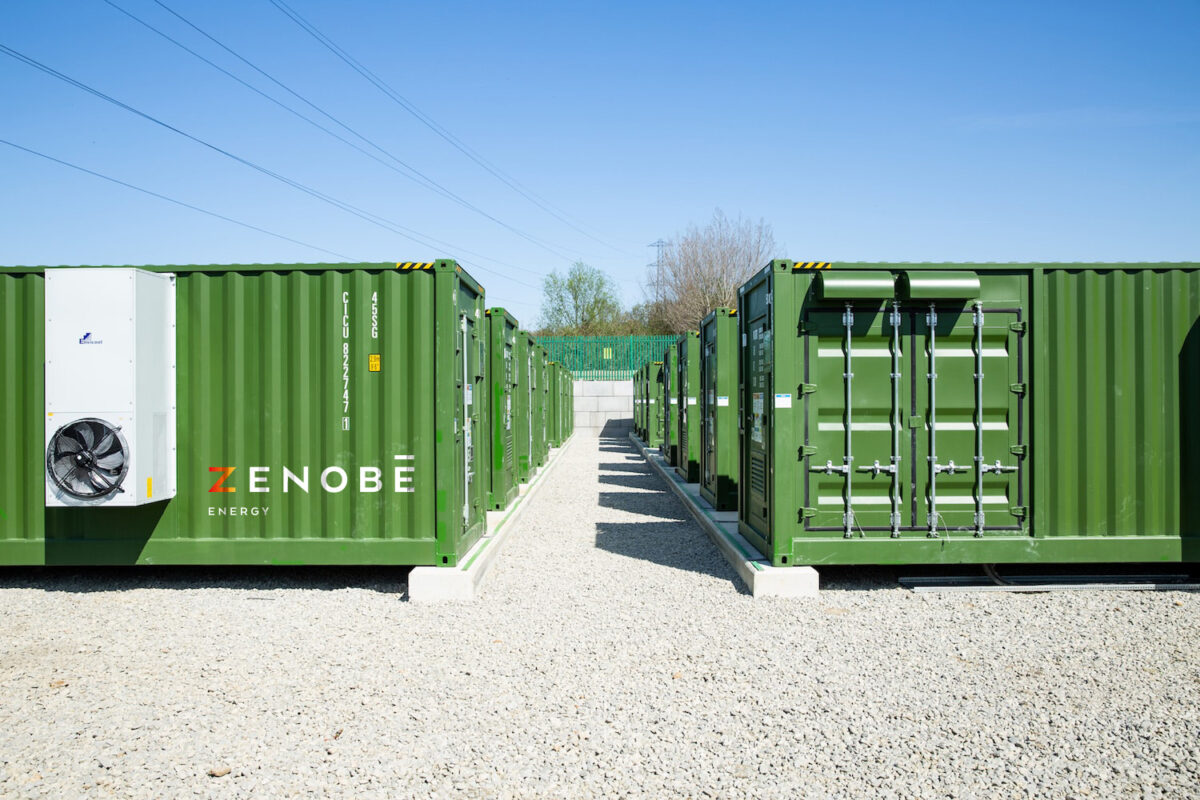
Batteries see 80% average skip rate in Balancing Mechanism, says ESN. Image: Zenobe Energy.
Electricity Storage Network (ESN) has released an open letter to National Grid ESO highlighting concerns over the Balancing Mechanism (BM) which has seen an average skip rate of 80% for batteries between November 2022 and May 2023.
The BM is used to balance supply and demand on each half-hour trading period of the day. As referenced in ESN’s open letter to National Grid ESO, investment decisions on UK storage projects “depend on efficient dispatch of electricity storage assets in the BM as a crucial segment of the revenue stack”.
ESN said that current dispatch issues are putting “billions of pounds” of investment at risk, with the skip rate having resulted in a cost to the consumer of around £150 million.
Because of this, the letter stated that the organisation “greatly welcomes” the work being undertaken by the ESO to improve the BM. This includes a number of reforms such as a new battery zone in the BM as of May 2023, the development of the Open Balancing Platform set to launch in December 2023 and the establishment of the Balancing Programme Storage Stakeholder Group.
There are, however, still concerns, which the ESN highlighted; these include National Grid ESO’s approach to operating a zero carbon electricity system for periods by 2025.
This has resulted in the ESN calling for “greater urgency” from ESO to ensure low carbon, flexible assets are effectively dispatched in the BM.
The trade association also highlighted that clear and accurate data must be published from the ESO on the dispatch of batteries in comparison to other technologies. ESN asked that this includes metrics such as Accepted MWh vs Available MWh for bids and offers in addition to the percentage of BM dispatch volume per technology.
Additionally, ESN called for a meeting between its members, the ESO Balancing Transformation team, control representatives and market development teams to discuss the current BM dispatch issues, dispatch transparency dataset and reason codes to lead to collaborative work on solutions.
You can read ESOs response on Current±, Solar Power Portal's sister publication, where this article first appeared.

